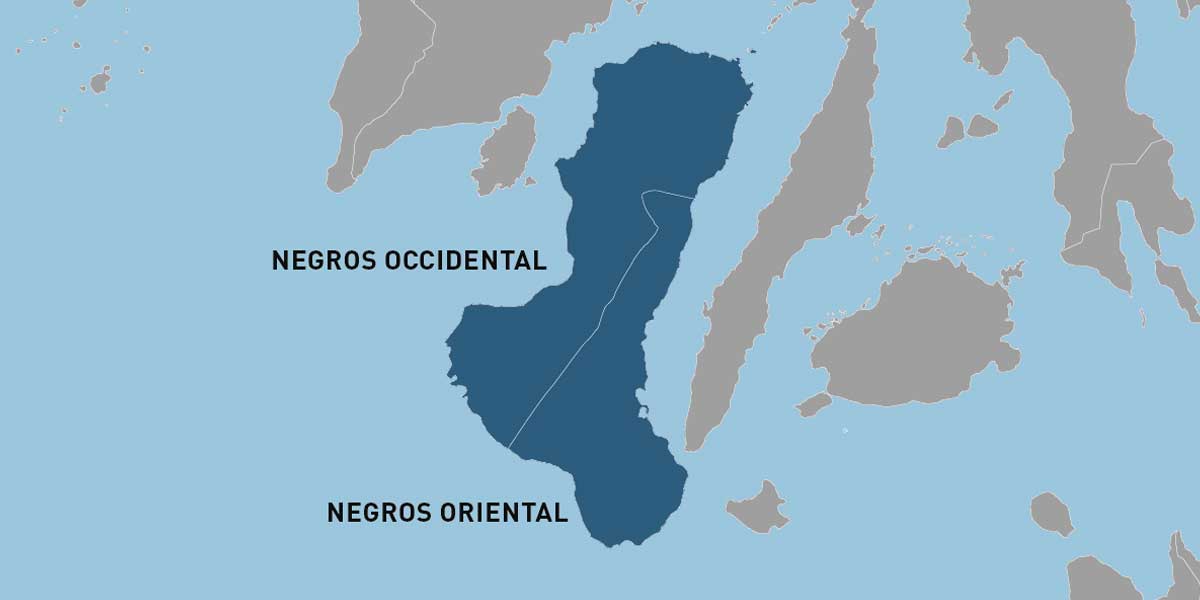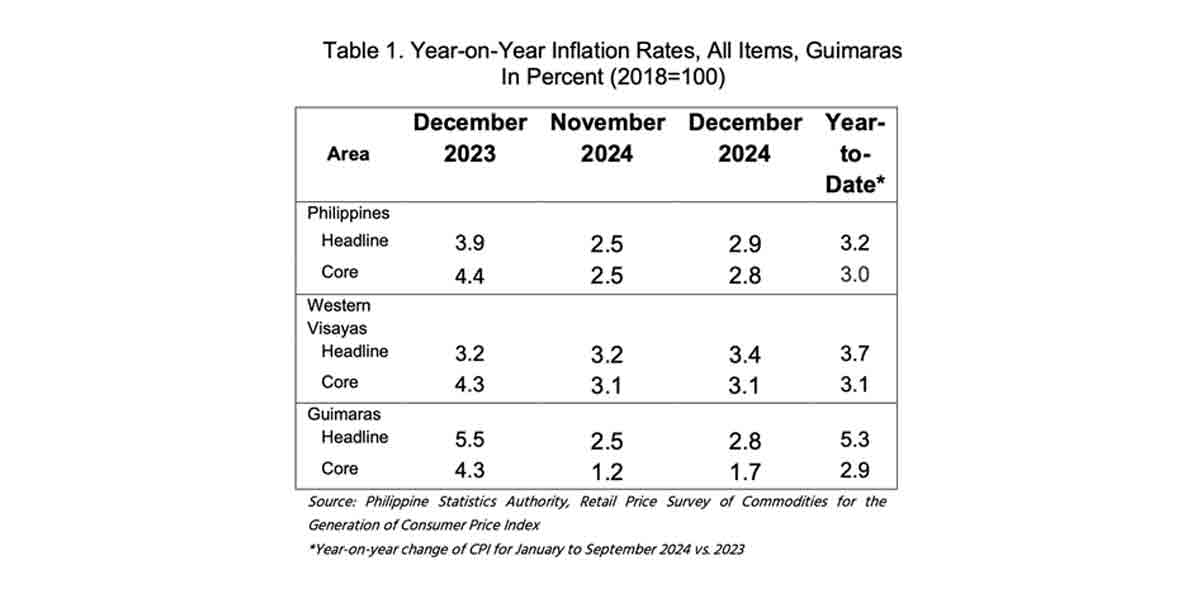By Herbert Vego
WHENEVER electricity conks out in Iloilo City, consumers raise hell and blame the distribution utility (DU) – which is MORE Electric and Power Corp. (MORE Power) – rather than the generation plant and the transmission grid.
Why not, when it’s the DU that bills us and collects the corresponding amount?
To shed light on this matter, we invited MORE President Roel Z. Castro to our radio program “Tribuna sang Banwa” on Aksyon Radyo last Sunday. He was with his deputy network operation’s head, Engr. Bailey del Castillo.
To save space, let me dispense with the complete questions and answers made during the live Ilonggo-Tagalog interview, which focused on the “unscheduled” and “scheduled” brownouts.
“Power consumers could not distinguish between scheduled and unscheduled outages, between NGCP and the power plant,” Castro said. “So, si MORE ang may kasalanan.”
Obviously, when an outage is unscheduled, it could only refer to unforeseen events, such as typhoons, floods and accidents that inevitably render the power lines inactive.
Scheduled outages, on the other hand, are always in line with preventive maintenance aimed at preventing accidental outages; and with installation of new equipment to ensure the DU’s optimum performance within its modernization program in three to five years. ca
Castro admitted that while power outages had been a problem since the day when they took over the previous DU in March 2020, their duration and frequency had been minimized.
“When we took over last year,” he recalled, “we were replacing a DU that was not a customer of the NGCP. Around 70 to 80 percent of its power came from PEDC. Only 20 percent was passing through the grid.”
The abbreviation NGCP, incidentally, refers to the National Grid Corp. of the Philippines, which plays the transmission role of linking power generators and distribution utilities to deliver electricity where it is most needed.
PEDC refers to Panay Energy Development Corporation, a coal-fired power plant in Iloilo City.
“The NGCP line that the former DU was using had aged by ten years,” Castro deplored. “Since it was not an NGCP customer, the latter had no incentive to rehabilitate its line. And so, when we took over, NGCP had to upgrade its facilities to accommodate us. By July this year we had gone 100 percent connected to the grid in Sta. Barbara.”
Castro compared the continuous collaboration between MORE Power and NGCP to the expansion of a water system, which entails replacement of primary water pipes with much bigger ones.
Engr. Bailey del Castillo stressed that unscheduled brownouts have been shortened in duration and reduced in frequency.
“In the first quarter of this year,” he cited, “unscheduled brownouts averaged 120 minutes. In November, it was 40 minutes. Frequency was 3.6 to four times in the first quarter. By November 2021, it had gone down to an average of .9.”
Castro gave three reasons why unscheduled brownouts have been minimized. First is the installation of 30 automatic circuit reclosers; second, installation of rubberized animal guard that spells “good riddance” to gecko (tuko) or any other animals creeping on electric posts; and optimization of “standby response” in such accident-prone areas as vegetations.
“Starting in January, instead of cutting the trees to prevent faults,” Castro stressed, “we will insulate the wires thereat. This will entail eight kilometers of insulated wire.”
Expensive, yes, but worth our safety as paying customers.
Told about customers’ complaints about electric meters mounted on poles at an elevation of three meters above ground, hence beyond eye level, Castro and Del Castillo supported the position of the head of their Customer Care Department, Ms. Maricel Pe.
Pe had earlier told this writer that the meter height was imposed by the Energy Regulatory Commission (ERC) in accordance with the Magna Carta for Residential Electricity Consumers. It’s to prevent meter theft and electricity pilferage. It also protects the meter against deep floods.
MORE meter readers, Del Castillo said, carry a stick camera to photograph the reading.
As regards a photograph showing a meter of Aklan Electric Cooperative (AKELCO) situated at eye level, that is beyond MORE Power’s authority to answer.





















